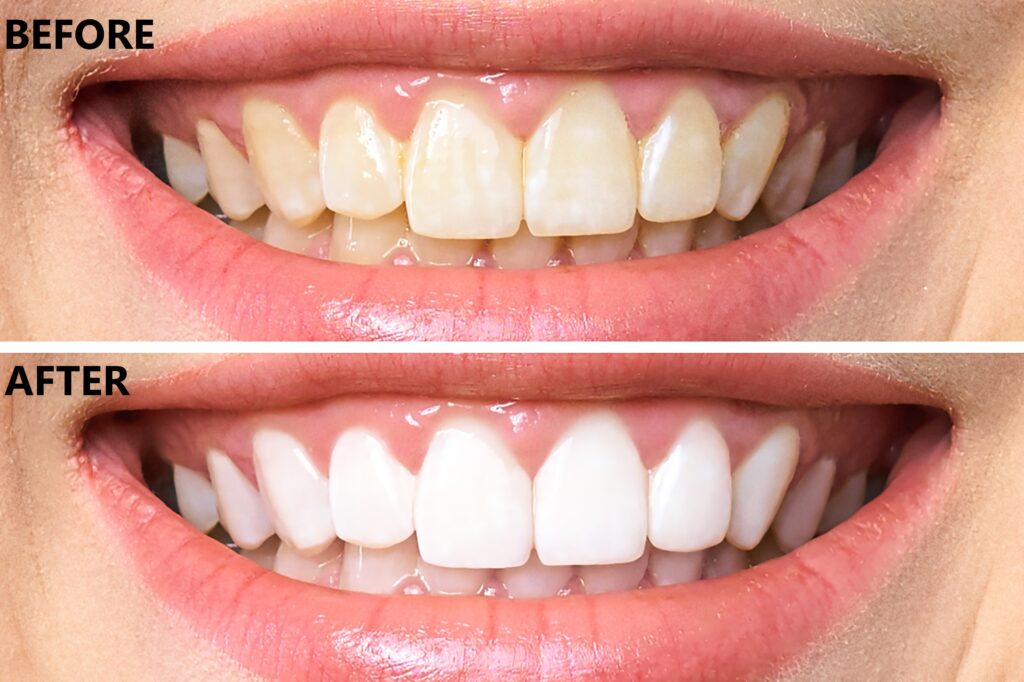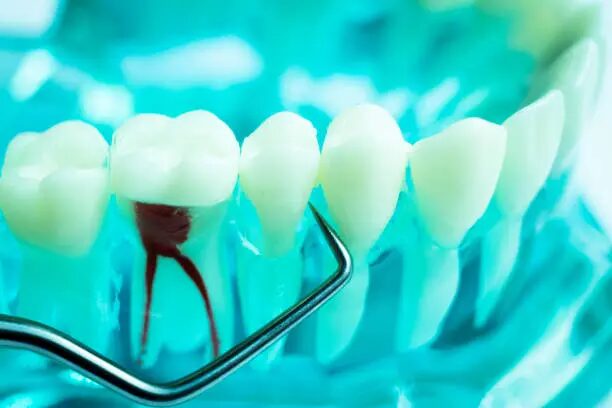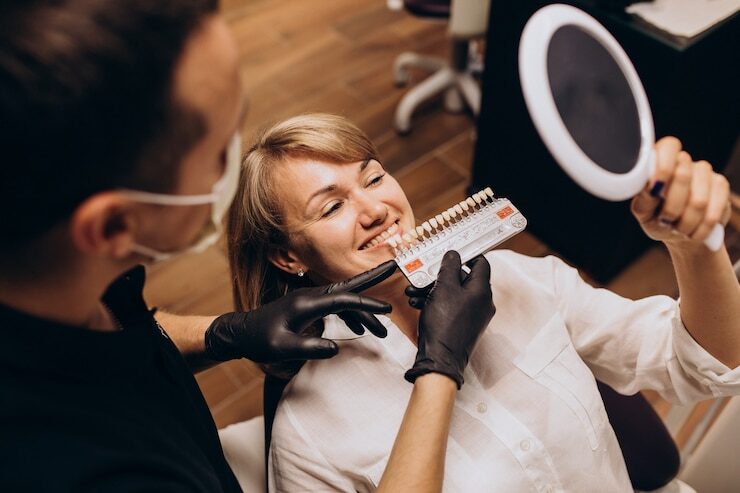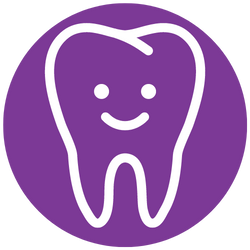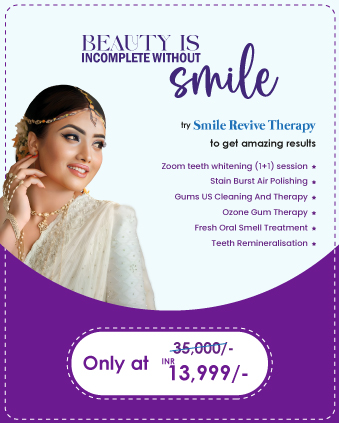A bright and radiant smile can leave a lasting impression, boosting confidence and making everyday interactions more pleasant. One of the most effective ways to achieve a dazzling smile is through teeth whitening. Whether due to age, lifestyle choices, or diet, our teeth can lose their natural white color over time, becoming stained or discolored. However, with modern advances in dental care, regaining a pearly white smile has become easier and more accessible.
What is Teeth Whitening?
Teeth whitening is a cosmetic dental procedure designed to remove stains and discoloration from the surface of your teeth, restoring them to a lighter shade. This process involves using bleaching agents such as hydrogen peroxide or carbamide peroxide to break down the pigments that cause stains. The result is a noticeable improvement in the whiteness of your teeth, often lightening them by several shades.
While over-the-counter teeth whitening products are available, professional treatments conducted by a dentist yield far better and longer-lasting results. Dental professionals have access to stronger bleaching agents and can tailor the treatment to meet your specific needs.
Causes of Tooth Discoloration
There are several factors that can cause teeth to become discolored over time:
- Food and Drink: Beverages like coffee, tea, red wine, and cola are known to stain teeth. Similarly, foods with strong pigments, such as berries, soy sauce, or tomato sauce, can also contribute to tooth discoloration.
- Tobacco Use: Smoking or chewing tobacco can cause significant staining of teeth. The nicotine and tar in tobacco products turn teeth yellow and, with long-term use, can even make them brown.
- Age: As we age, the outer layer of enamel on our teeth wears away, revealing the yellowish dentin beneath. This natural process causes teeth to lose their brightness over time.
- Medications: Certain medications, such as tetracycline antibiotics, antihistamines, and antipsychotic drugs, can cause teeth to become discolored.
- Poor Dental Hygiene: Inadequate brushing and flossing allow plaque and stain-causing substances to build up on the teeth, leading to a dull appearance.
- Trauma: An injury to a tooth can cause it to become discolored due to internal bleeding or damage to the tooth’s structure.
Types of Teeth Whitening
There are several methods for teeth whitening, each catering to different preferences and budgets. The most popular options include:
- In-Office Teeth Whitening: This professional procedure is performed by a dentist and is the most effective and fastest method for whitening teeth. In-office treatments use high concentrations of bleaching agents to deliver dramatic results, often in just one visit. The dentist applies a protective gel to your gums and then carefully administers the whitening solution to your teeth, sometimes using a special light to enhance the effects.
- At-Home Whitening Kits: Many dentists offer custom-made trays with professional-grade bleaching gel that you can use at home. These kits provide more noticeable results compared to over-the-counter products and are customized to fit your teeth perfectly, reducing the risk of gum irritation.
- Over-the-Counter Products: Whitening toothpastes, strips, and gels are available at most drugstores and are more affordable, though they are generally less effective than professional treatments. These products contain lower concentrations of bleaching agents and may require extended use to see significant results.
- Natural Remedies: Some people prefer natural methods for teeth whitening, such as brushing with baking soda or using hydrogen peroxide rinses. While these methods may provide slight improvements, they are not as reliable or safe as professional treatments.
Benefits of Teeth Whitening
Choosing to undergo a teeth whitening procedure offers several benefits:
- Boosted Confidence: A whiter smile can enhance your appearance, making you feel more confident in social and professional situations.
- Younger Appearance: Whiter teeth are often associated with youth and good health. By brightening your smile, you can achieve a more youthful look.
- Affordable Cosmetic Improvement: Compared to other cosmetic dental procedures, teeth whitening is relatively affordable and can produce impressive results with minimal investment.
- Non-Invasive: Teeth whitening does not require any drilling or anesthesia, making it a simple and painless way to improve the appearance of your smile.
Aftercare Tips for Prolonged Results
To maximize the longevity of your teeth whitening results, it’s important to follow a few aftercare guidelines:
- Avoid Stain-Causing Foods and Drinks: Immediately after the whitening procedure, it’s best to avoid consuming foods and drinks that can stain your teeth, such as coffee, red wine, and dark-colored fruits.
- Maintain Good Oral Hygiene: Brushing your teeth twice a day, flossing regularly, and using mouthwash can help prevent plaque buildup and maintain the brightness of your teeth.
- Touch-Up Treatments: Depending on your lifestyle and diet, you may need occasional touch-up treatments to maintain the results of your teeth whitening. Your dentist can recommend how often you should undergo these treatments.
Conclusion
Teeth whitening is an effective and safe cosmetic solution for those looking to brighten their smiles. With various options available, including professional in-office treatments, at-home kits, and over-the-counter products, it’s easier than ever to achieve whiter teeth. Whether you’re preparing for a special occasion or simply want to enhance your everyday appearance, teeth whitening can provide the confidence boost you need.

